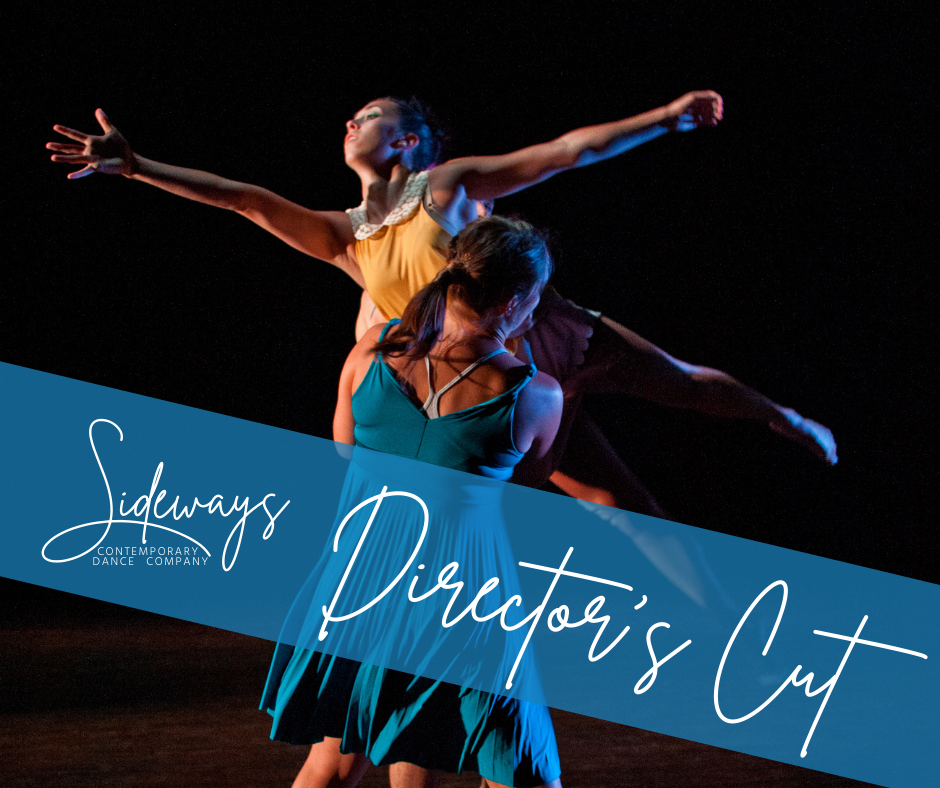
Blackout: Created in 2012, Redesign Coming in 2022
BLACKOUT was named after this definition: “a suppression of information, especially one imposed on the media by the government – a period during which a particular activity is prohibited.”
I had always been fascinated by the dehumanizing of groups of people. How is it possible to look at another human being as a sickness, not allow them to enter specific buildings, & much worse, experiment on them or kill them? I didn’t understand how Hitler could be that convincing to so many people. What was the propaganda that played so strongly into people’s fear that made it click for them – we must eliminate the Jews: they are the source of all our problems?
It seemed so far-fetched that a group could just deem themselves better than another group, somehow rise to power, & keep the other group down. And of course, this is also the History of America.
European immigrants came to America and deemed themselves better than the Native Americans. They forced them to move & created a society structure that gave them more power & Native American less. Then they needed people to help them farm the land so they brought in slaves. And once forced to free the slaves, continued to see black people as having less power & not deserving of the same things that they had.
In 2012, this was about as far as my dive went into history. It included what I had been taught in American History plus some research about the Freedom Riders & Nazi Germany.
Blackout was not intended to showcase one particular race but rather to show a story of polarized groups over time. How does 1 group suppress another for a long period of time? How does the oppressed group rise up? And how do we make amends and move forward? Can we move forward?
In 2022, I’ll be redesigning Blackout inspired by new information. Since the Black Lives Matters Protest began, I’ve been educating myself with a variety of different sources, learning a TON I didn’t know about American History, & understanding how structures & systems continue to oppress. Caste: The Origins of our Discontents by Isabel Wilkerson is my greatest influence in viewing this work with a new lens. I’m excited for you to learn about her work throughout this process.
I’ve included below the finale number from Blackout in 2012. In this section of the story, you can view the dancers as ancestors of oppressors & oppressed. No one was directly involved but all connected historically to the oppression. They are trying to find common ground, determine how to move forward together, & create a united world. It ends with one dancer facing a line of other dancers, symbolizing that creating unity is not clear or easy – no one knows the “right way” to do this. But we can still try.